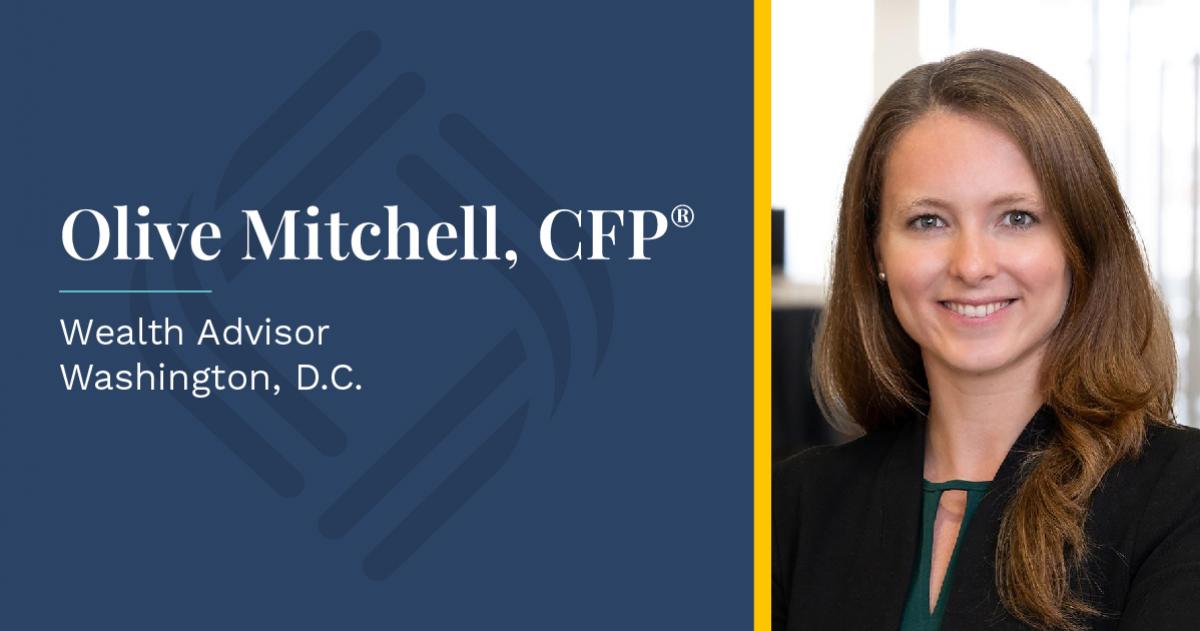It is often said that stock markets climb a wall of worry. This makes sense, since historically the market has gone up over time and there always seems to be something to worry about. 2021 is no exception. Year-to-date (through October), the S&P 500 is up about 19%. The S&P 500 Index is widely regarded as the best single gauge of the U.S. equity market. It includes 500 leading companies in leading industries of the U.S. economy. The index focuses on the large-cap segment of the market and covers approximately 75% of the U.S. The index includes dividends reinvested. An investment cannot be made directly in an index.
There has been strong equity performance despite the delta variant, extreme political partisanship, and debt and inflation concerns, just to name a few of the current headlines.
Investors worry about volatility. We even worry when there isn’t volatility! In fact, absence of volatility may make us concerned about complacency or what we might be missing. In other words, there is always a reason for investors to worry about something.1
Emotions and Investing
It is no surprise that investing can generate a lot of emotions—after all, investors are putting their nest egg at risk while at the same time contending with market uncertainty and doubt. The only thing we can say with any certainty is that most short-term market forecasts will be wrong. The lack of accurate predictions combined with headlines of day and short-term market movements will inevitably make people feel either fearful or greedy. However, it’s when these emotions influence behavior that most investors, on their own, can end up with poor outcomes.
The first rule of investing is to buy low, sell high. However, when markets grow volatile, investors driven by emotions tend not to buy more and will often sell. When markets are calm and moving steadily upward, they grow more confident, and it’s at those times they invest more. Dalbar, a company that studies investor behavior and analyzes investor market returns, conducts a famous study tracking the returns of the average equity fund investor versus the market, and for the twenty-year period ending December 31, 2020, the average investor underperformed the market by 1.5% per year. On a cumulative basis, this ends up being 35% underperformance.2 So what is an investor to do?
Establish a Plan
“If you fail to plan, you are planning to fail.” —Benjamin Franklin. The upfront financial planning process is an invaluable tool to not only gather and document specific information about you as an investor—your goals, time horizon, tax sensitivity, risk tolerance (or intolerance), etc.—but it’s also an opportunity to connect the emotional and practical aspects of what will ultimately be the investment strategy. The planning process is also an opportune time to talk about the circumstances that would drive rebalancing considerations or a change to the portfolio/plan.3 Establishing, documenting, and, most importantly, revisiting the plan is an effective way to make grounded decisions rather than ones influenced
by emotions.
Stick to the Plan
In one of his annual letters to shareholders, Warren Buffett wrote that it only takes two things to invest successfully: “having a sound plan and sticking to it.” It sounds so easy, but sticking to the plan is the much harder part. While some changes to the portfolio strategy over time are warranted, too often, clients are influenced by the headlines of the day, which make them think required changes to the investment strategy should be more frequent than they are. It should be the headlines of a client’s life—a pending retirement, unexpected cash needs, inheritance, marriage or divorce, the birth of a child, etc.—that drive the investment strategy, not today’s news.
Similar to the importance of an effective coach in sports, at RMB, we firmly believe an advisor plays a crucial role as the coach for our clients. Your advisor not only helps you to establish, document, and stick to a plan, but as they get to know you and your family on a deeper level, they can help you navigate uncertainty and doubt, take advantage of opportunities, make changes to your plan when necessary, and ultimately help you stay on the path to reaching your goals.
- ©2021 The Behavioral Finance Network. Used with permission.
- Dalbar 2021 QAIB Report for the period ending 12/31/20.
- The Vanguard Advisor’s Alpha guide to proactive behavioral coaching, 11/2018.
The opinions and analyses expressed in this communication are based on RMB Capital’s research and professional experience and are expressed as of the mailing date of this communication. Certain information expressed represents an assessment at a specific point in time and is not intended to be a forecast or guarantee of future results, nor is it intended to speak to any future time periods. RMB Capital makes no warranty or representation, express or implied, nor does RMB Capital accept any liability, with respect to the information and data set forth herein, and RMB Capital specifically disclaims any duty to update any of the information and data contained in this communication. The information and data in this communication do not constitute legal, tax, accounting, investment, or other professional advice. An investment cannot be made directly in an index. The index data assumes reinvestment of all income and does not bear fees, taxes, or transaction costs. The investment strategy and types of securities held by the comparison index may be substantially different from the investment strategy and types of securities held by your account. Certified Financial Planner Board of Standards, Inc., owns the certification marks CFP®, Certified Financial Planner™, and federally registered CFP (with flame design) in the United States, which it awards to individuals who successfully complete the CFP Board’s initial and ongoing certification requirements. The Chartered Financial Analyst® marks are the property of the CFA Institute.








